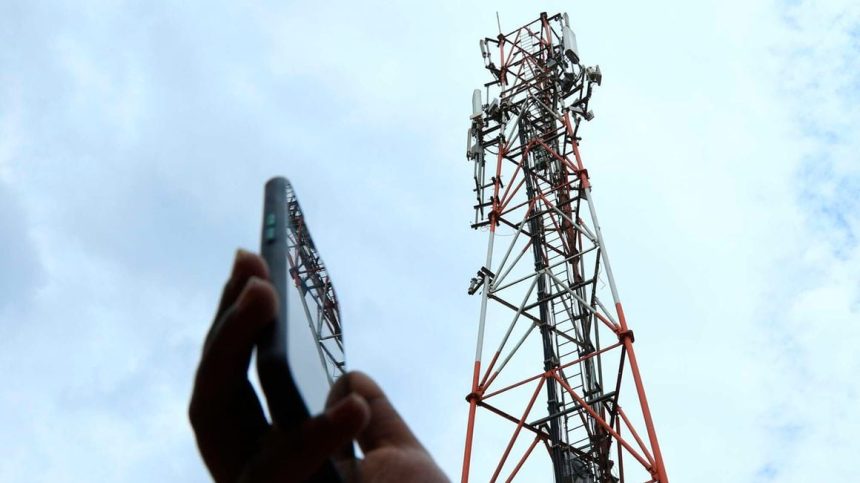The share of people owning a mobile phone in Kenya rose to 64 percent last year compared to 61 percent in 2021, signalling increased acquisition of customers by the telcos led by Safaricom and Airtel Kenya.
The data, which weeds out the impact of multiple SIM card ownership in assessing mobile penetration, has been published by Airtel Africa, which operates in Kenya and other regional markets.
Kenya’s unique mobile penetration is the highest in the region, ahead of Zambia (57 percent in 2022), Tanzania (54 percent), Nigeria (48 percent), Uganda (45 percent) and Democratic Republic of Congo (44 percent).
The Communications Authority of Kenya (CA) counts multiple SIM cards in a process that saw it place the country’s mobile uptake at 130.5 percent in the quarter ended March 2023.
The regulator had set the penetration rate at a much higher level of 133.1 percent in December 2022.
“As of March 31, 2023, active mobile (SIM) subscriptions increased to 66.1 million from 65.7 million reported last quarter,” the CA said in its report.
“This translated to a mobile (SIM) penetration rate of 130.5 percent, representing a drop of 2.6 percentage points. The drop in penetration rate is attributed to the review of the country’s population figures from 49.4 million to 50.6 million as per the Economic Survey 2023.”
Airtel says its report on unique mobile penetration, defined as the number of mobile phone owners as a percentage of the total population, is derived from Omdia market analysts, which placed Kenya’s population at 54 million as of 2022.
The gap of about 66 percentage points between the CA and Airtel’s penetration rates shows the extent of multiple SIM card ownership, which has been due to subscribers seeking to benefit from lower prices by rival telcos. Airtel, for instance, found that there were 66 million SIM cards last year, exceeding Kenya’s population.
“Mobile (SIM) penetration in the country remains high partly due to multiple SIM ownership by consumers,” CA said in an earlier report.
“Moreover, because Kenyan consumers are becoming more price-point sensitive, they are likely to continue acquiring multiple SIM cards in a bid to benefit from the various special plans offered by various operators.”
Safaricom, Airtel and Telkom Kenya have many different permanent and temporary offerings across voice, data, mobile money and messaging services, with consumers buying multiple SIM cards from the rivals for use when it suits them.
Some subscribers use one SIM card but may maintain an older line to enable their contacts to reach them.
This was meant to be solved by mobile number portability but the service allowing customers to migrate to another telco without changing the number has had a dismal uptake.




